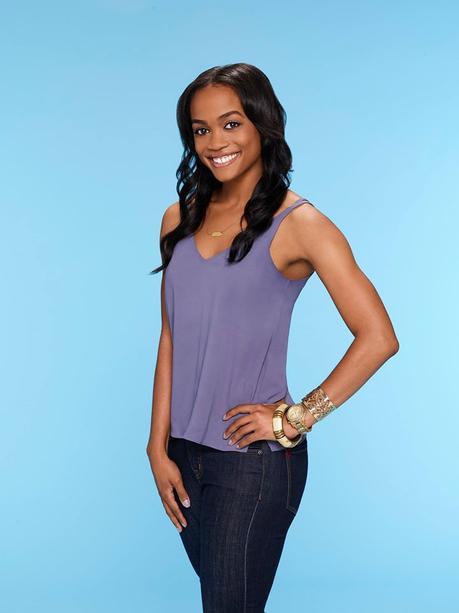
Credit: Facebook
Over its 15 years on the air, The Bachelor franchise has had some of the most aggravatingly attractive, square jawed, toned, and tantalizing contestants a producer could dream of. Every season, a sea of white faces, usually decorated with an occasional pinch of color, descend upon the Bachelor Mansion to drunkenly vy for the immediate and undying attention of one beautifully sculpted white person. But now, for its 34th season (which starts tonight), the franchise has finally stemmed it’s wave of “caucasity” by casting its first black bachelorette, Rachel Lindsay.
Until this point, the past three decades of The Bachelor franchise flirted far less with diversity than its contestants flirted with each other. Aside from the tanning-bed aficionados, non-white contestants have been rare, and the show’s understanding of “diversity” limited. The dating pools in the past three seasons of the show have gone from including one non-white contestant in season 29, to five in Ben Higgins’ season, and a ratio of 22 white women to eight non-white women in the most recent season (including Lindsay). In fact, the most diversity on the show has generally been the range of contestants’ employment — namely truly ridiculous jobs smattered among a cavalcade of personal trainers, “business owners,” and aspiring models that do something vaguely related to sales or marketing. It’s true, almost anyone who fits these rigorous criteria can make it to the finish line of the show and be in a 3-6 month long post-finale relationship before enduring a public break-up.
Snark aside, in order to earn that proposal, or to even make it to the important benchmarks of going to a fantasy suite, or visiting the finalists’ hometowns, the one underlying, indispensable attribute that one has had to possess has been whiteness. Some may argue that there have been exceptions to this rule. They might point to women of color like Caila Quinn and, of course, Lindsay, who made it to the final rounds of the show. But the mere fact that these few cases of people of color making it deep into the competition are are so clearly remembered speaks to the cascade of white people we’re so used to watching.
Of course, this lack of diversity has led not only to criticism but racial tension on the show. For example, during the 31st season, the most popular black, female contestant to date, Jubilee, was confronted by two other mixed raced contestants over alleged comments made about the “legitimacy” of their blackness. It seemed that because any non-white identity was such an anomaly on the show, this racial tension between the season’s only black women was emphasized by producers as a source of drama rather than opportunity for legitimate discussion or reflection. The franchise opted to pit these women of color against each other instead of addressing the show’s own troubling history with diversity, or remarks made by other cast members.
But it seems the show is trying to finally address this diversity problem by casting Rachel Lindsay, a black woman, as the newest Bachelorette. Lindsay gained popularity as the last season unfolded, winning the first-impression rose in the premier, and remaining composed and mature throughout the other contestants’ typical antics and infighting. The 31-year-old Texan is gainfully employed and seems to have competed not because she needed the show, but because she clearly wanted to find true love. She has been someone audiences could root for, identify with, and emulate. Hopefully Lindsay’s dating pool will be more diverse than past seasons as well.
Is casting Lindsay an adequate attempt to address past issues? Obviously, one black bachelorette won’t make up for the show’s history. And, of course, it’s impossible to ignore the inherent sexism of this franchise’s system of courtship and ask: Is the show acknowledging diversity simply to sexualize and/or fetishize it? Will this embrace of diversity lead audiences to enlightenment, or boil down to a continued pattern of beautiful people ultimately being reduced to their bodies?
But despite these concerns, Lindsay’s presence on this show could have great influence on the show’s massive audience. Lindsay’s casting is meaningful for a franchise that has so famously and consistently glorified a particular and significant representation of beauty. Lindsay can show girls and women of color that they can be the center of attention; that they can and should be courted and receive love in a way that isn’t born out of fetishization. This season can powerfully be one of the first major representations in reality TV of a black woman being the object of affection in a narrative in which she holds the entirety of the power. We can only hope that the show embraces this mission and that as the mandate of whiteness is cast aside in the show, so too will the antiquated ideas about courtship the program promotes.

